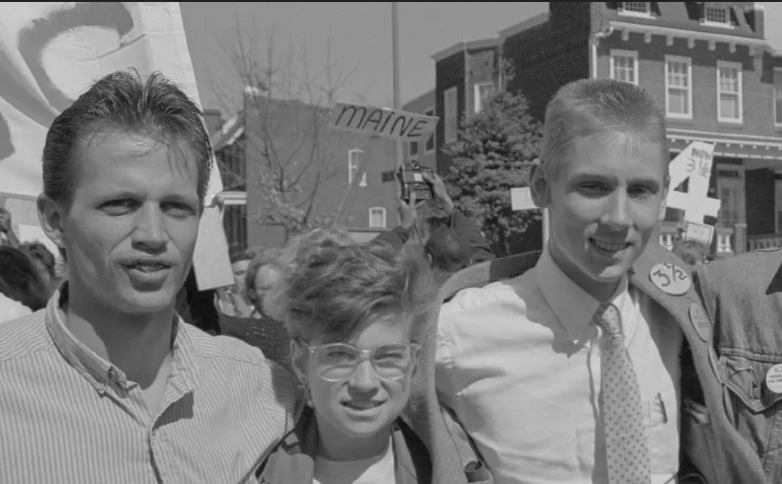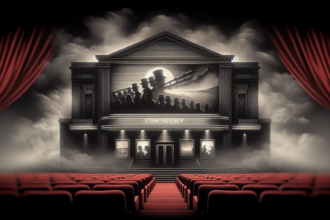The students at Gallaudet University had had enough. In 1988, when the board of trustees appointed yet another non-Deaf president, Elisabeth Zinser, the university’s students decided it was time for change. They rejected Zinser, despite her credentials, because they felt they needed someone who truly understood and represented them.
This historic moment is chronicled in the movie “Deaf President Now!”, directed by co-directors who have previously won acclaim, including an Oscar for “An Inconvenient Truth,” and Nyle DiMarco, the first Deaf contestant to win both “America’s Next Top Model” and “Dancing with the Stars.”
The film is both smartly conceived and thrilling to watch, presenting a passionate and informative narrative. It refines existing cinematic language and adds new elements to effectively convey its subject matter. The story revolves around four main student activists during a critical week when Gallaudet locked down its campus, refusing to admit any non-students until a Deaf president was appointed.
Jerry is a passionate and eloquent but volatile character. Greg is animated and persuasive with a more measured approach. Bridgetta, the only woman in the group, represents the female perspective amidst the occasional oblivious sexism from her male counterparts.
She brings her past cheerleading experience to rally the group’s communication. Tim, the most reticent of the group, becomes the consensus choice to represent the resistance in public-facing events due to his conciliatory nature. The student activists continually refuse the administration’s orders to stop the protest and accept their appointed president.
deaf students take a stand
They demand a Deaf president, arguing that it is the right and sensible choice. Jane Bassett Spilman, the chairman of the university’s board of trustees, becomes the face of authority.
Her perceived entitlement and poor choice of words only fuel the students’ anger. Reports that Spilman once stated, “Deaf people are not ready to function in a hearing world,” which she later denies, further intensify the protest. Unlike many movies about the hearing impaired, “Deaf President Now!” does not cater primarily to hearing audiences.
It uses subtitles, verbal translation-as-narration, and cinematic techniques to give hearing viewers an understanding of what it’s like to be Deaf. The film uses archival footage and dramatic re-enactments from the Deaf perspective, flipping the script on traditional storytelling. Co-director DiMarco notes the lack of awareness about this pivotal moment in Deaf history among his hearing peers.
He hopes the movie will bring recognition to the “Deaf President Now” movement, which helped pave the way for the Americans With Disabilities Act. “Deaf President Now!” is a powerful film that keeps its focus on the Deaf audience, while making it accessible for hearing people. It fosters understanding and empathy by depicting a culture that is often overlooked.
This movie epitomizes that concept. It is a relentless engine fueled by idealism and craftsmanship.












